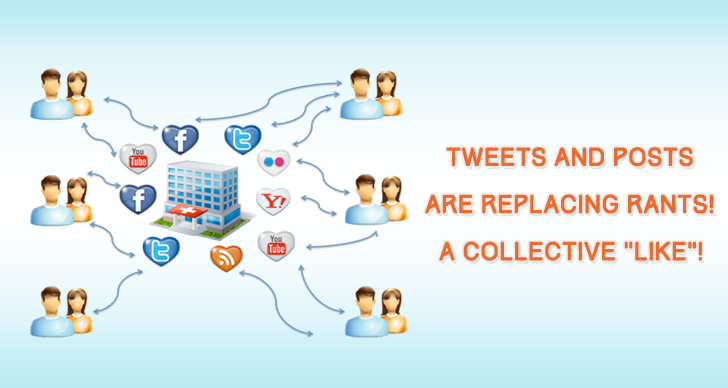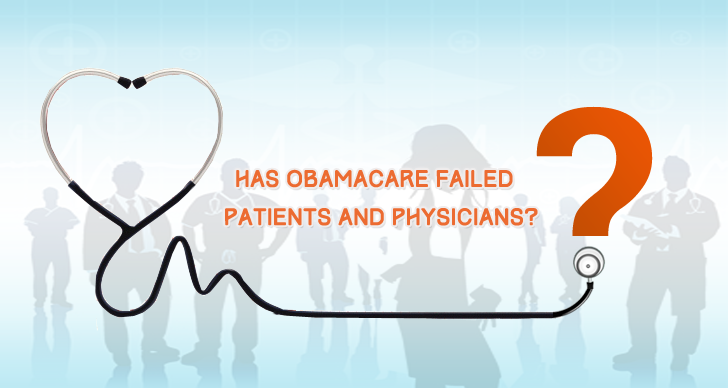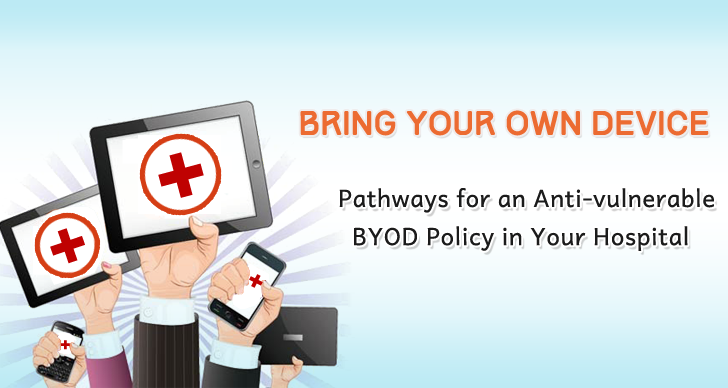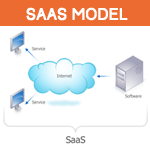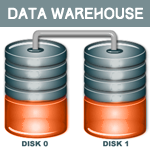A thousand “Likes” for socially active hospitals!
Are you a physician who thinks social media is not for serious people? That it is only meant for frivolous gossip and friendly banter? You have a second thought coming! Healthcare professionals are taking to social media in a big way.
It helps people across the healthcare continuum, connect with their peers, stay updated about current changes in the industry and most importantly, engage with patients.
Dealing with frustrated patients…
Hospitals that are active on social media are ahead of the curve and more patient friendly. For years patients who were unhappy with their physicians, waited till the next visit to the doctor’s office to vent out their frustrations. Now it is just a matter of logging into their FB and rant…
A hospital that is on Facebook gives its patients an opportunity to share their concerns with providers in a healthier way.
They’ve postponed MU again?
Medical care professionals who have social media accounts are more likely to be in the know. One of the very important uses of being on social media is that they help in keeping healthcare professionals updated, in an ever evolving industry. It builds awareness about key issues and helps in disseminating vital information.
We are family!
There is a growing need for physicians to galvanize and speak up against draconian regulations and reimbursement cuts. To reassert their need for EHRs that is built around their workflow requirements and practice needs. To remain silent is to comply. And that is why it is more important than ever for medical professionals to be on social media.
It builds a sense of community and can empower users. It can encourage networking with peers and working as a collective force.
Being close to patients!
It is impossible for a medical practitioner who sees around 30 patients a day, to follow up on every one of them and offer personalized care. Being on social networking platforms means, patients are just a click away. It helps to connect with patients and drive up patient engagement.
You can educate patients on using patient portals and offer health advice, without the pressure, of another patient waiting in the reception.
Handle competition deftly!
At the end of the day medicine is business. Social media is the best way for medical practices to promote themselves. When there is heavy competition amongst peers, it is the most socially engaged medical practice that wins!
